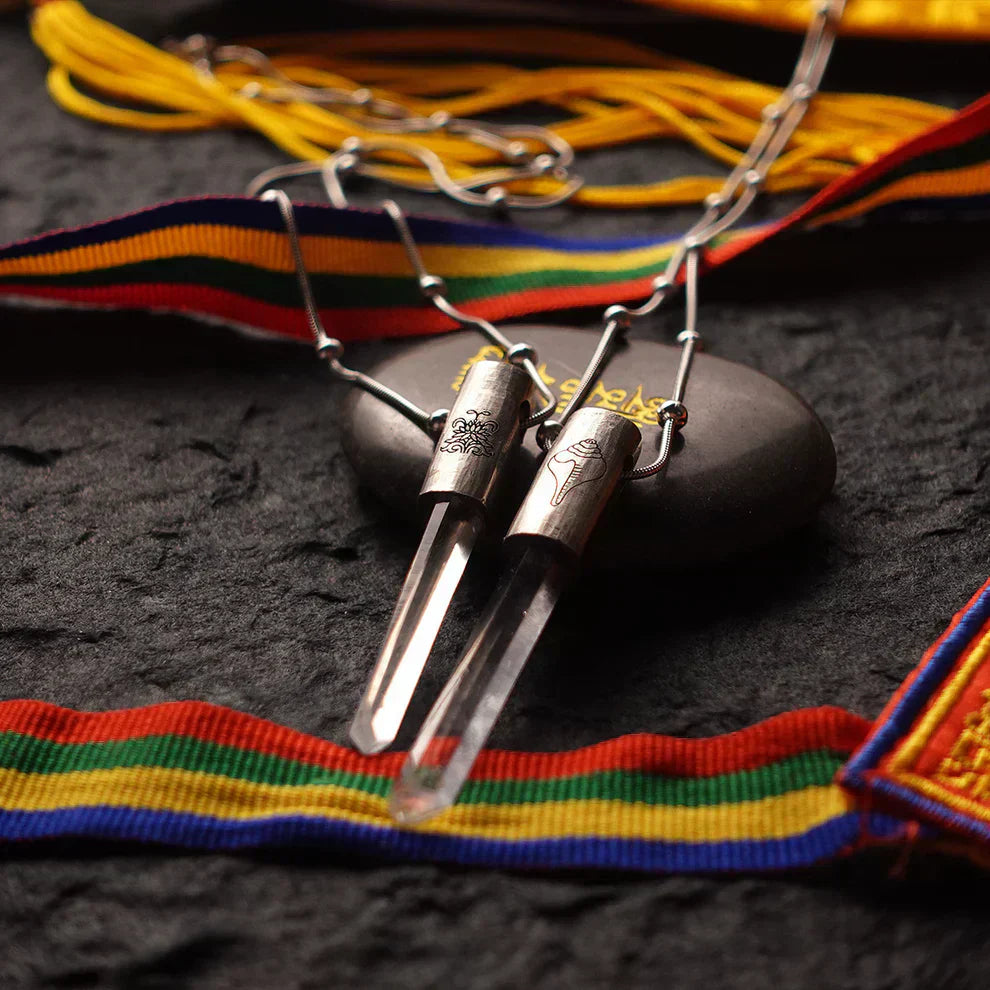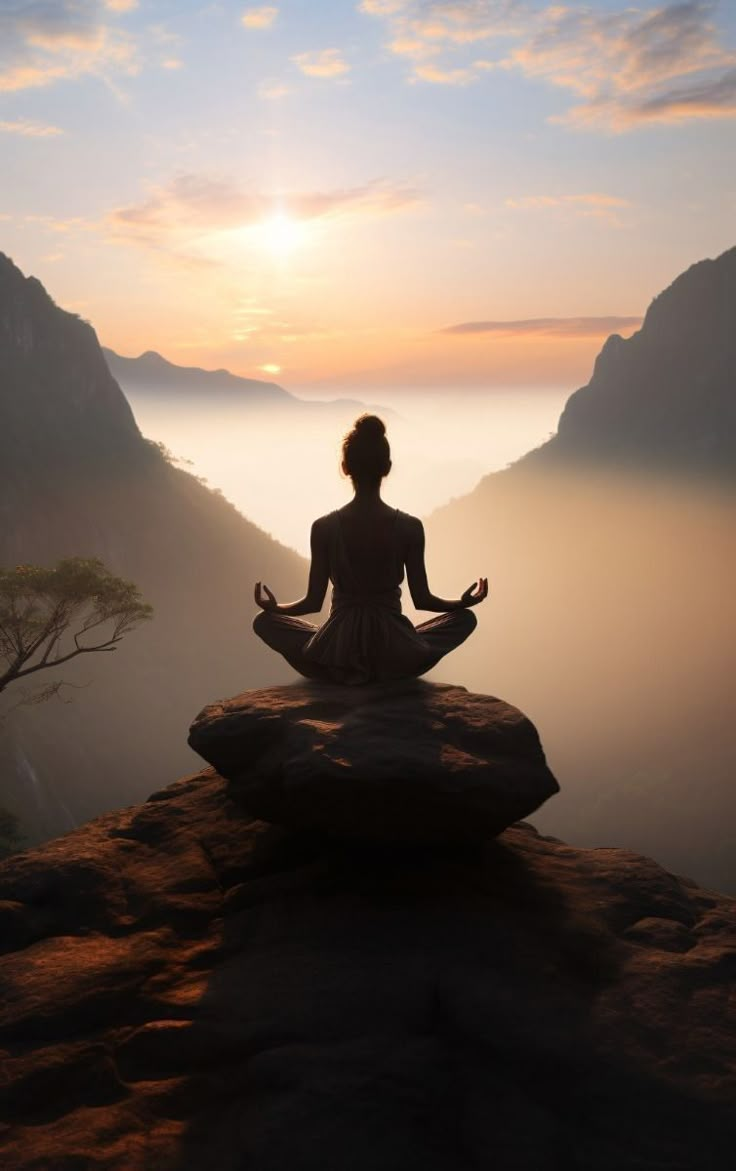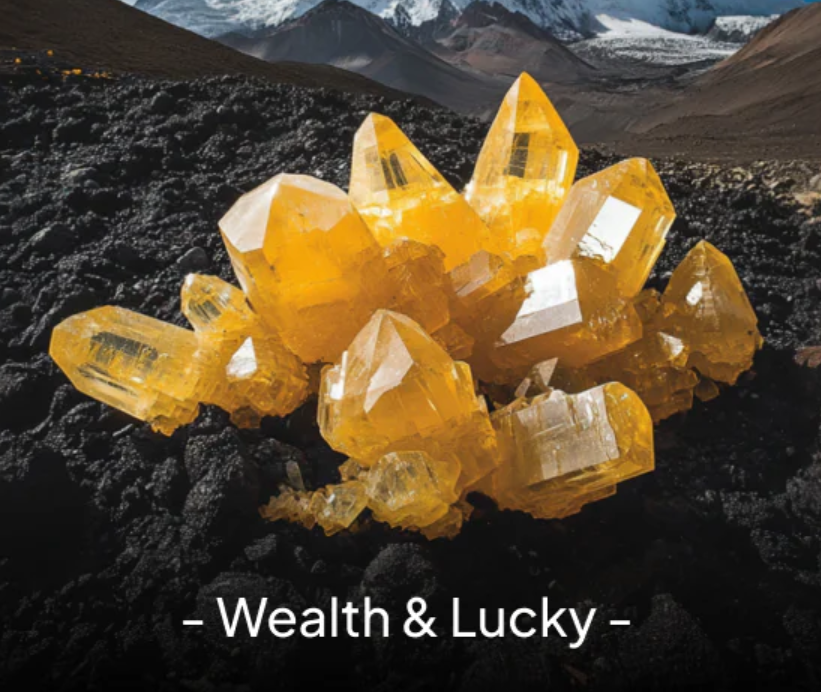- 100% Form Mount Kailash
- 100% Natural Gemstone
- 100% Traditional Handcrafed
- 100% Real Energy Boosting
- 100% Worry Free Warranties & Easy Returns
16th Century Vajradhara Tibetan Buddha Statue Bronze Gilt Ngor Monastery The Sakya School
Regular price
$4,380
-
Only 1 left in stock
Item Type: Tibetan Antique Statue
Style: the Sakya School
Dimensions: Height: 8.26 in (21 cm) Width:4.72 in (12 cm) Depth: 6.10 in (15.5 cm)
Materials and Techniques: Bronze, Gilt
Place of Origin: Tibet Ngor Monastery
Period: 16th Century
Condition: Good
The Vajradhara statue in the distinctive style of Ngor Monastery is currently only represented by this single sculpture, highlighting its undeniable preciousness. Especially for fellow practitioners of the Sakya School, do not miss this rare and authentic piece. Vajradhara, translated from Sanskrit, means "vajry pestle," phonetically rendered as "Vajratāra." In this context, "Vajra" signifies the “Gadā Vajra”, and "tāra" implies holding or wielding. The combined translation is "Holder of the Vajra" or simply "Vajrasattva." In Tibetan, this deity is known as "Chana Dorje."
This particular Vajradhara statue wears an intricately carved crown adorned with delicate floral patterns, a rare and exquisite style for sculptures of that time. The head is adorned with a high topknot, embellished with a jewel, and the remaining hair is divided into two cascading layers flowing over the shoulders, each strand intricately carved. Decorative ribbons flutter by the ears, and the U-shaped earrings below with multiple beads hang elegantly, displaying meticulous craftsmanship. Adorned with armlets, bracelets, and a necklace, the deity exudes grandeur and elegance. The entire figure exudes a dignified and comfortable demeanor, with a broad and serene facial expression. The eyebrows are gracefully arched like crescent moons, and the gaze from the downward-cast eyes adds an aura of solemnity. The white filaments between the eyebrows are particularly conspicuous, enhancing the poised and dignified countenance, manifesting a facial expression of solemnity and complete majesty. The figure stands tall with a firm and upright posture, and the waist is cinched high. In its hands, it holds a bell and vajra respectively. Both of them are positioned in front of the chest in the Vajrahumkara mudra, symbolizing the harmonious unity of compassion and wisdom. This gesture represents the highest attainment and state in tantric practice, signifying the identity of Vajradhara. Adorned in a long skirt, the lower body sits in a full lotus position on a lotus pedestal. The edges of the skirt are intricately engraved with exquisite decorative patterns. The lotus seat beneath is structured solidly and grandly, with an overall circular design that is simple and elegant. The lotus petals are double-layered, wide, and thick, lacking pointed tips, creating a rounded and full appearance. The edges of the lotus leaves are slightly upturned, and the leaf tips are delicately curved upwards. In terms of size, it harmonizes well with other elements like the necklace, showcasing an overall design that can be described as a masterpiece of intricate craftsmanship.
This particular Vajradhara statue wears an intricately carved crown adorned with delicate floral patterns, a rare and exquisite style for sculptures of that time. The head is adorned with a high topknot, embellished with a jewel, and the remaining hair is divided into two cascading layers flowing over the shoulders, each strand intricately carved. Decorative ribbons flutter by the ears, and the U-shaped earrings below with multiple beads hang elegantly, displaying meticulous craftsmanship. Adorned with armlets, bracelets, and a necklace, the deity exudes grandeur and elegance. The entire figure exudes a dignified and comfortable demeanor, with a broad and serene facial expression. The eyebrows are gracefully arched like crescent moons, and the gaze from the downward-cast eyes adds an aura of solemnity. The white filaments between the eyebrows are particularly conspicuous, enhancing the poised and dignified countenance, manifesting a facial expression of solemnity and complete majesty. The figure stands tall with a firm and upright posture, and the waist is cinched high. In its hands, it holds a bell and vajra respectively. Both of them are positioned in front of the chest in the Vajrahumkara mudra, symbolizing the harmonious unity of compassion and wisdom. This gesture represents the highest attainment and state in tantric practice, signifying the identity of Vajradhara. Adorned in a long skirt, the lower body sits in a full lotus position on a lotus pedestal. The edges of the skirt are intricately engraved with exquisite decorative patterns. The lotus seat beneath is structured solidly and grandly, with an overall circular design that is simple and elegant. The lotus petals are double-layered, wide, and thick, lacking pointed tips, creating a rounded and full appearance. The edges of the lotus leaves are slightly upturned, and the leaf tips are delicately curved upwards. In terms of size, it harmonizes well with other elements like the necklace, showcasing an overall design that can be described as a masterpiece of intricate craftsmanship.
GUARANTEE
Shipping Policy
Total Delivery Time = Processing time + Shipping time
-Processing Time: 2-5 business days
-Standard Shipping Time: 7-14 business days
- See our Shipping Policy
Our goal is your complete satisfaction. Please give us an opportunity to serve you better by providing us with your valuable feedback.
Returns will only be accepted, and credit given, or money refunded if all of the following conditions are met:
- Items must be in original condition as shipped.
- Notification of your intention to make a return must be received by us within 48 hours of delivery of the item(s).
- See our Return Policy
Q&A
- Where are the products shipped from?
100% of our products are shipped from Tibet
- Track my order.
Post your question
JOUNAL
READ MORE
8 Auspicious Symbols: Meaning & Spiritual Significance
March 31, 2025
KAILASHENERGY

What Are Chakras? A Complete Guide to Chakra Meaning, Colors, and Healing
March 31, 2025
KAILASHENERGY

💛 Citrine Crystal Meaning, Benefits, and How to Use It for Wealth, Healing & Energy
March 31, 2025
KAILASHENERGY
























